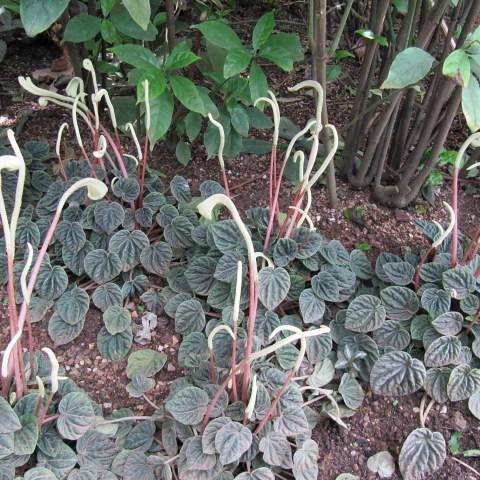
emerald ripple pepper
Peperomia caperata
Cycle:
Herbaceous Perennial
Watering:
Average
Hardiness Zone:
11 - 12
Flowers:
Flowers
Sun:
part sun/part shade,full sun
Soil:
Well-drained
Fruits:
Fruits Ready In
Leaf:
Yes
Growth Rate:
Low
Maintenance:
Low
Indoors:
Yes
watering
Emerald Ripple Pepper should be watered thoroughly every 7-14 days, ensuring that the top 2 inches of soil is dry between waterings. During the spring and summer, water more frequently, as the soil will dry out faster, however, be sure to never leave the soil completely saturated. During the winter, water less often, allowing the top layer of soil to become dry before watering again.
sunlight
Emerald Ripple pepper plants should be grown in bright, indirect sunlight. This species of pepper plant will need several hours of direct sunlight each day, with several hours of bright, indirect light as well. During the spring and summer months, Emerald Ripple pepper plants should receive 6 to 8 hours of light (direct and indirect combined). During the fall and winter months, Emerald Ripple pepper plants should receive anywhere from 4 to 6 hours of light (direct and indirect combined).
pruning
Pruning should be done whenever the plant shows signs of becoming leggy, such as when the stems appear stretched and the foliage sparse. When pruning Emerald ripple pepper, dead or damaged foliage should be removed first. Then, any excess or excessively long branches should be cut back, scaling back the plant to its desired size and shape. When pruning, leave at least 1 or 2 sets of leaves on each stem to ensure optimal health for the plant. Be sure to use sterile cutting tools so as to avoid spreading diseases. Pruning should be done throughout the year, and more often during the spring season.
